The humane destruction of any horse is an emotive issue, but almost every horse owner will probably be involved with it at some stage. A decision on horse euthanasia can be stressful, especially if it has to be made quickly, and all the more so if subsequently, you feel it was made in haste and is one you regret. Therefore, it is worth considering the whole severe issue in advance to know what you want for your horse.
Basics of Horse Euthanasia
During horse euthanasia, if the vet knows your intentions, they can make any such decision in your absence, should something serious happen to your horse when you cannot be contacted. As a vet, I have more than once been faced with a situation where a horse has to be put down, and the owner is either unconscious and on their way to the hospital as part of the same emergency or is away on holiday.
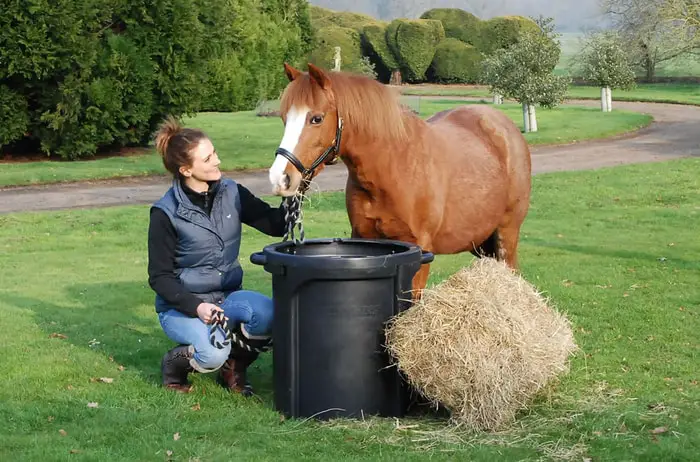
Horse Euthanasia: Is the Horse Insured?
First, do the horse insurers need to be notified before you can proceed? In general, the best advice is to contact the insurers before anything irreversible is done. In a crisis where the horse is badly injured, for instance, if he has an untreatable broken leg, it is justified to put the horse down to prevent further suffering immediately.
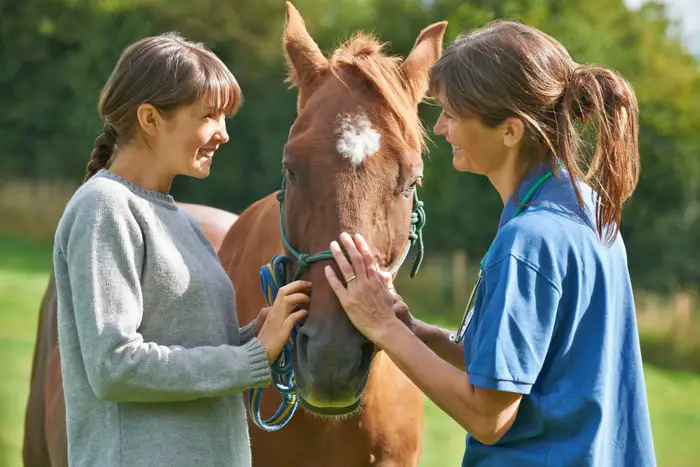
The keyword here is untreatable since many conditions can be treated, even though this may not at first seem to be an option. An example is a horse with severe colic pain when it might be thought that immediate euthanasia was justified; in fact, the colic might be curable by surgery. If you proceed without seeking the insurer’s permission, you may later be unable to make a claim. Your veterinarian will guide you in this regard.
It is also essential to determine if the insurers need a second opinion from another vet before your horse is put down and if they require a post mortem afterward. It helps to clarify this, as it may resolve other issues, such as where and how euthanasia is performed.
Where Should Euthanasia be Performed?
This is very much up to the individual. Most vets and knackermen will come to your yard so that the hose can be put to sleep in familiar surroundings. But some owners will prefer the horse to be taken elsewhere, such as either to the vet’s or the knackerman’s premises, which may be more practical if a post mortem is required.
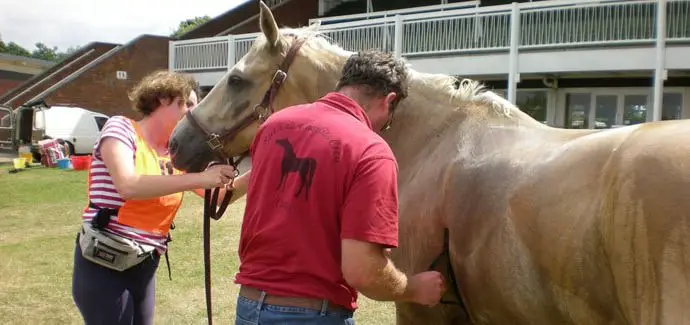
Removing the carcass can be distressing for observers and challenging in a muddy field, so this may be a reason for moving the horse elsewhere first. Another option is to go to a licensed slaughterhouse or to ask the hunt kennel man to come if he is available.
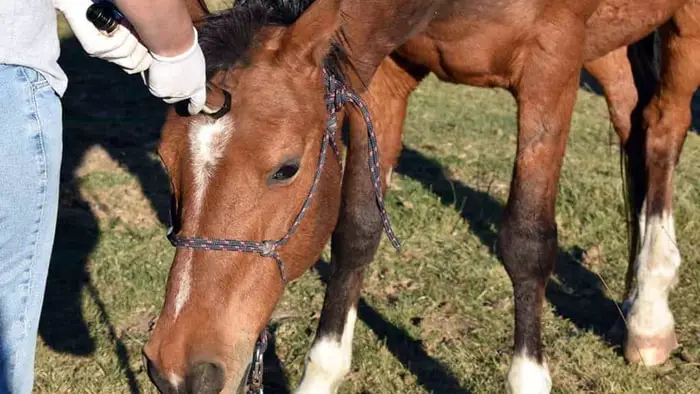
Methods of Horse Euthanasia
There are two methods of horse euthanasia that are permitted by the law.
1. Shooting By Free Bullet
Traditionally with horse euthanasia was performed by shooting using a free bullet.
Advantages of Free Bullet
- When performed correctly, death is very rapid.
- The carcass can be disposed of easily.
- It is cheap.
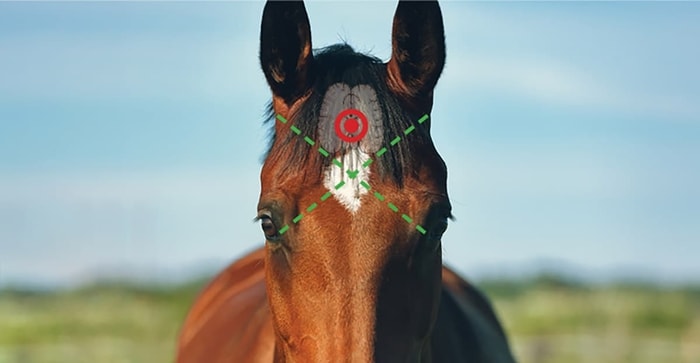
Disadvantages of Horse Euthanasia by Free Bullet
- It is aesthetically unpleasant to some people.
- It is potentially dangerous, so it may not be practical, for instance, if it has to be carried out in a public place.
- Both knowledge of firearms and a license are required, and not all vets or knackermen have the training or license for this. Some knackermen will expect the euthanasia to be performed by the vet, and sometimes vice versa. Frequently the vet will sedate the horse for the knackerman.
2. Methods of Equine Euthanasia: IV Lethal Agents
Alternatively, equine euthanasia may be performed using intravenous lethal agents, which many people find less distressing. Initial placement of an intravenous catheter facilitates the procedure, although it can be traumatic in a needle shy horse. There are many ways, such as giving sedatives in the feed in advance. The whole intention is to make the procedure as stress-free as possible, although inevitably, there are situations when this can be extremely difficult.
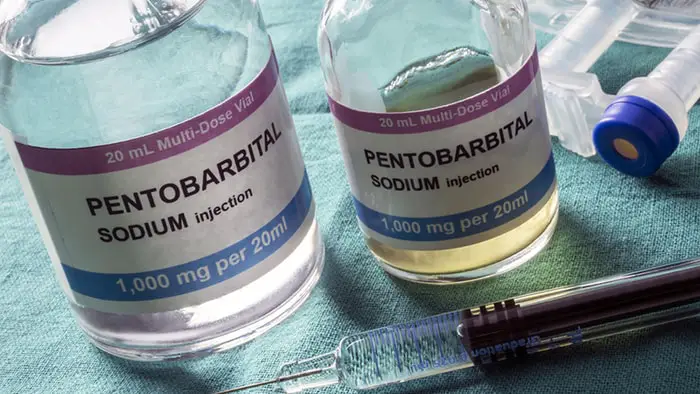
Horse Euthanasia: Carcass Disposal of Dead Horse
Disposal of the carcass must be carefully considered, particularly following lethal injection; the options are usually cremation/ incineration or burial with appropriate permission. Note that in 2003, regulations changed in the UK preventing the burial of farm animals; however, it is still possible to bury pets. It is not clear where horses fit in, and it may be best you can directly contact with to contact the Department for Environment Food and Rural Affairs. They currently advise discussing individual circumstances with the local authority.
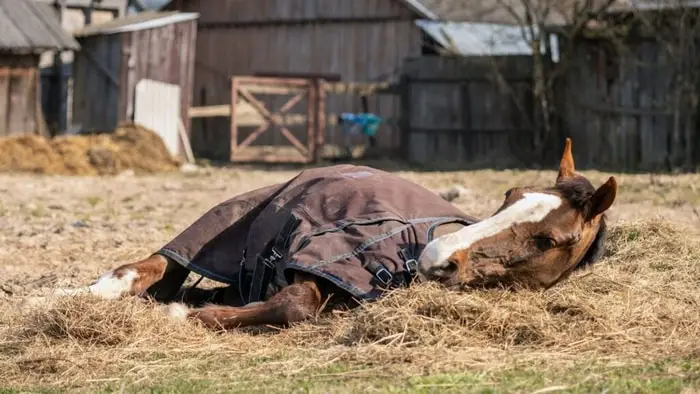
Knackerman’s premises may be more practical if a post mortem is required. Removing the carcass can be distressing for observers and challenging in a muddy field. So, this may be a reason for moving the horse elsewhere first. Another option is to go to a licensed slaughterhouse or ask the hunt kennel man to come if available.
Horse Euthanasia: Does the Owner Need to Be There?
Again, whether you are present is very much up to the individual. This situation can be complicated for the owner, who is probably better at remembering the horse in happier times; it is rarely essential for them to be there. Informed consent, often in writing, may be needed from the owners, especially if they are not present.
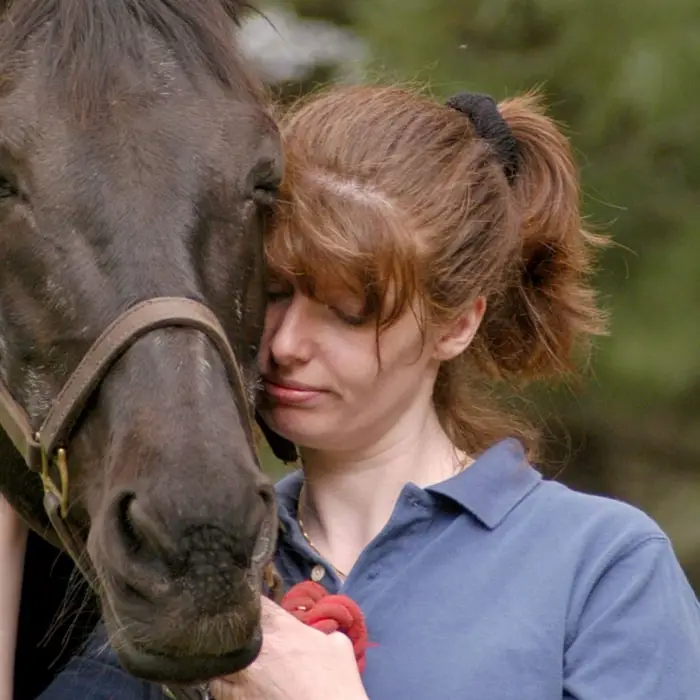
Equine Euthanasia: What About Other Horses?
If there are numerous horses in a field and one is seriously injured and must be put down, what should be done with the others? Frequently if the other horses are taken away, the injured horse becomes distressed, which is the last thing one wants; the welfare of the injured horses should always take priority. The others are rarely distributed for more than a moment as they will not comprehend what is happening; furthermore, it is said to help the others settle if they see the body.
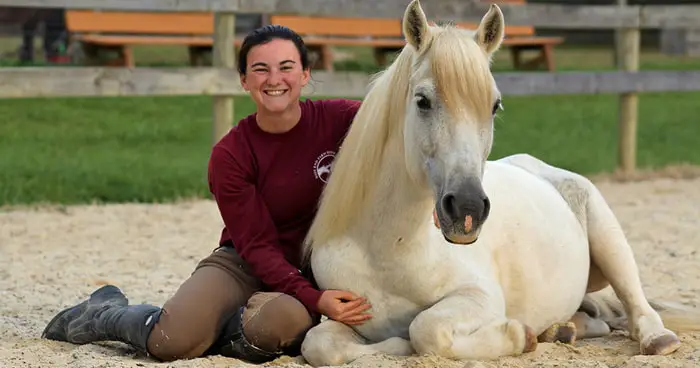
Indeed, the Donkey Sanctuary has recommended that if one pair of donkeys is destroyed, the other should be felt with it for some hours. The same applies to a mare- leaving the dead foal in the box for a time will help the mare settle.
Final Points On Horse Euthanasia
Horse euthanasia is one of the essential aspects for horse owners and veterinarians. The event is most unpleasant, but sometimes we have to euthanize our lovely horse. The critical aspects of this important event I have discussed in my article. I think this will help you understand the procedure, safety measures, methods, and related issues.